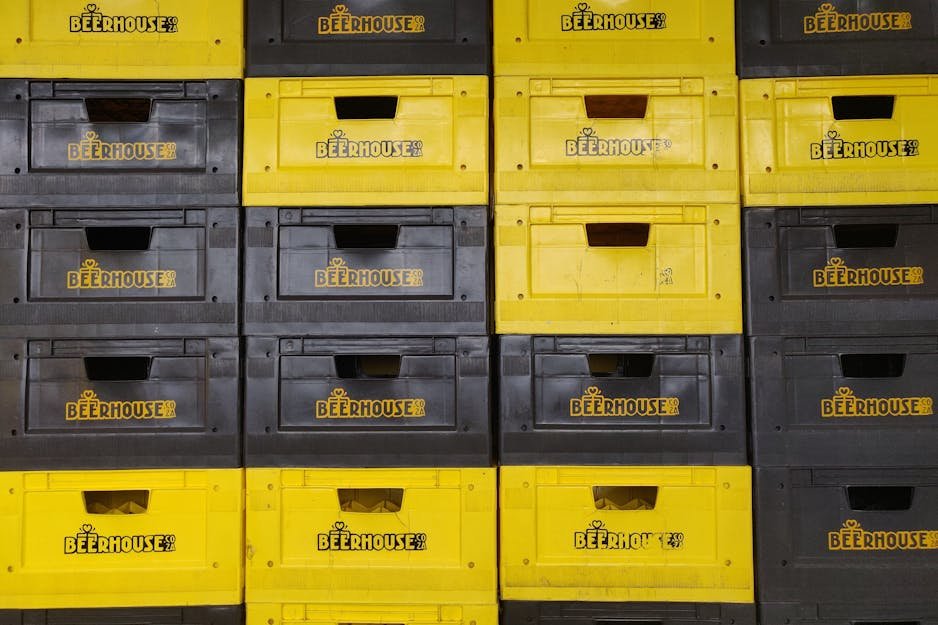[ad_1]
This week’s image from the Hubble Space Telescope shows a stunning view of a spiral galaxy called UGC 12295, located nearly 200 million light-years away. This galaxy appears face-on from Earth, meaning we can get a great view of its structure and spiral arms — captured here using Hubble’s Wide Field Camera 3 instrument.
The galaxy UGC 12295 is best known for being the location of a supernova observed in 2015. A supernova occurs when a massive star, much bigger than our sun, runs out of fuel and comes to the end of its life. As the star has less and less fuel and no longer produces as much outward pressure from the fusion occurring at its core, the gravity pushing in on the star takes over and causes the star to collapse. This collapse happens so fast that it creates a shockwave that causes the star’s outer layers to explode, an event called a supernova.

After a supernova occurs, what is left behind is the dense core of the exploded star, which may become a black hole or a neutron star. But often there will also be a supernova remnant, which is a structure created by the shock wave and made up of exploded material from the star plus any dust or gas that is collected along the way. These supernova remnants can be vast and can create beautiful structures like the famous Vela supernova remnant.
Hubble was used to study this galaxy with a particular focus on the supernova it hosted. “Two different teams of astronomers used Hubble’s Wide Field Camera 3 to observe UGC 12295 and sift through the wreckage of this vast stellar explosion,” Hubble scientists write. “The first team examined the supernova’s detritus to better understand the evolution of matter in our universe.
“The second team of astronomers also explored the aftermath of UGC 12295’s supernova, but their investigation focused on returning to the sites of some of the best-studied nearby earlier supernovae. Hubble’s keen vision can reveal lingering traces of these energetic events, shedding light on the nature of the systems that host them.”
Editors’ Recommendations
[ad_2]









